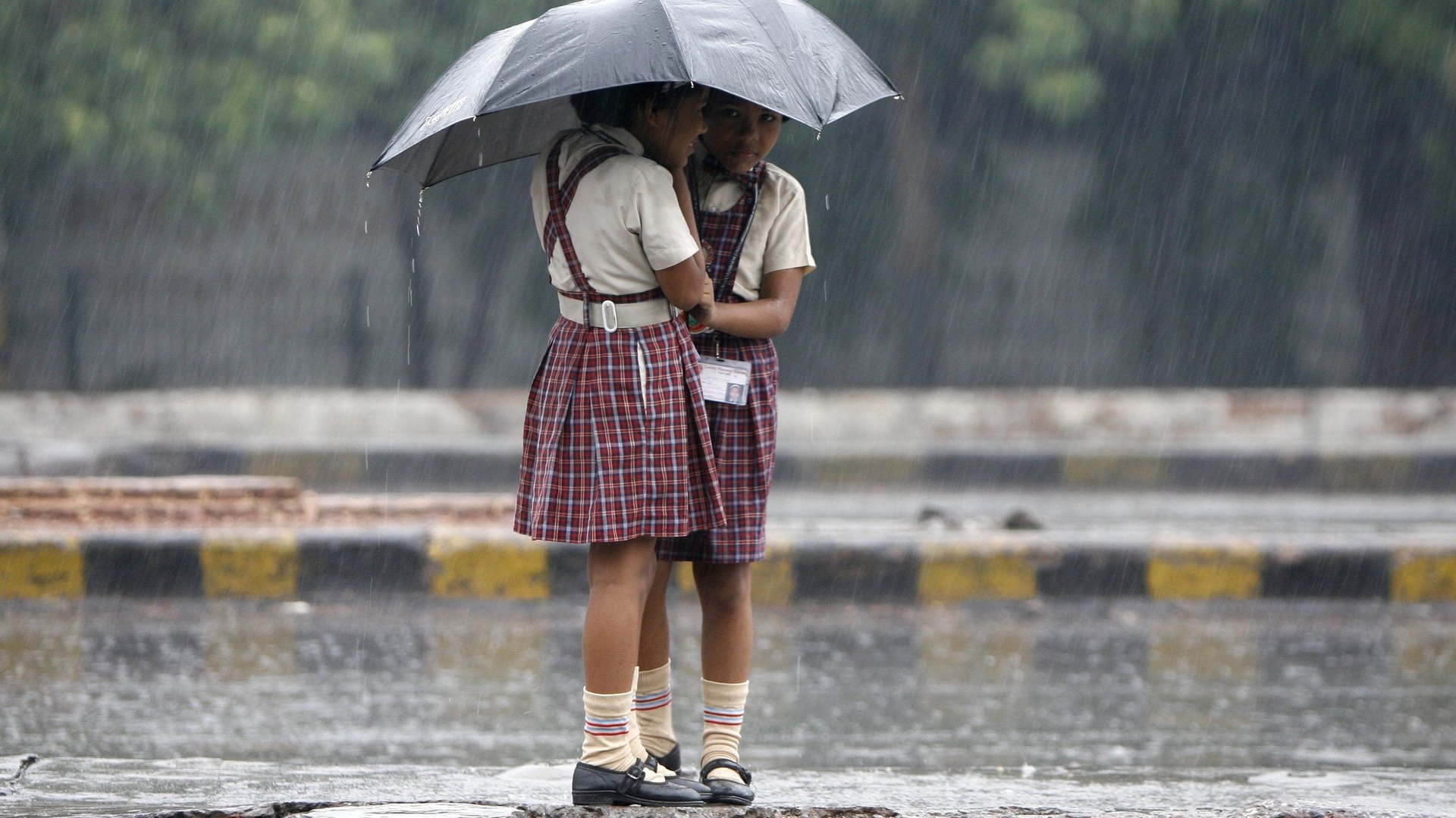A surprisingly easy proposal to tackle gender inequality in Indian schools
Inequality between boys and girls begins in childhood. Now, a recent study suggests a straightforward way to address it.


Inequality between boys and girls begins in childhood. Now, a recent study suggests a straightforward way to address it.
When babies are born, they quickly learn to use information from the world around them as inputs into the process of understanding who they are. A 2010 study published in the Annual Review of Psychology says that children develop a sense of self around 18 months, and then “begin to actively engage in information seeking about what things mean and how they should behave.” Part of that process means adopting gender-normative behavior and associating gender with basic stereotypes—girls liking dolls, for example, or boys having short hair. It’s between three and five years old, when many children attend preschool, that they tend to solidify these ideas.
It’s why activists say that early childhood is an important period of development during which to shape children’s views on gender equality. In India, where violence and discrimination against women is pervasive, this represents an opportunity for change. Samyukta Subramanian, a global scholar at the Brookings Institution, and program head at the Indian nonprofit Pratham Education Foundation, studied India’s early childhood education policy and identified an unlikely first step: uniforms.
Early education in India
Early education in India takes place in government-supported preschools known as anganwadis; public preschools that are part of schools run by state governments; and private preschools for those who can afford them.
Subramanian spent nine days observing three preschool classrooms in New Delhi. Two were anganwadis and one was a public preschool. She also interviewed 24 mothers of preschool children who attended the anganwadis. Half the children were boys and the other half girls.
She found that children are often exposed to different gender norms at home than they are at school. “Through their own daily observations, children come to understand that mothers care for and serve others but are not cared for or served themselves, that they remain silent during conflict with fathers, that they are emotionally available to others, and that they are homemakers,” Subramanian writes.
Things are different at the state government-run preschools, however. For one, the curriculum is gender-neutral, in part because the government of Delhi state worked with Pratham to develop it. But just because the curriculum is gender-neutral doesn’t mean the school always is. Teachers, Subramanian finds, often perpetuate gender stereotypes or allow them to go unchallenged—starting with uniforms.
Government-supported preschools typically require that children wear uniforms; often, it’s pants for boys, and skirts, dresses, or traditional tunics for girls. When Subramanian spent time in one of these classrooms, she noticed that “every time that girls would not be sitting properly in a school, the teacher would constantly be reprimanding them, saying ‘sit properly.'” This “influenced classroom transactions, influenced what teachers were saying to children, particularly girls, and influenced the girls themselves, in terms of being conscious of what they were doing,” she told Quartz. In anganwadi classrooms, she added, “this sort of reprimanding never came up, because…there was no uniform.”
Uniforms may also interfere with how children play and interact with each other. Research shows that play is crucial for young children’s development and is the best way to prepare them for formal schooling. In preschool, Subramanian says, “a lot of the work we do…is on the floor. And so the uniform gets in the way in almost everything that you do.” This makes sense. It’s more difficult to compete in a race with boys when you have to worry about the wind blowing your dress up.
Subramanian’s work is observational, meaning there is no quantitative evidence for its conclusion that uniforms serve as a sort of conduit for gender inequality in early childhood. In fact, she is the first to admit that no study has been done comparing the outcomes of children educated in preschools with no uniforms, with those of children in schools with a dress code. So, it’s not possible to say for sure whether children educated in those institutions emerge with less gendered ideas.
It’s not that uniforms themselves are a problem, says Subramanian, who wore one as a child. It’s that wearing them is “the first time that, in school, girls are being told what to do, while boys are not.” She sees “a sort of pattern emerging from here, where teachers or people in authority already exercise their right as to what girls should do and what boys should be doing.” It would be better, she argues, if boys and girls wore the same uniform, or if girls had the option to choose between a skirt or pants.
Subramanian argues for a “gender-transformative” approach in India’s early childhood education policy, meaning one that actively promotes gender equality. “This solution that I’m suggesting is then preventive, it’s not curative. You’re not waiting for the problem to happen and then think of the solution. You’re thinking of if you want equal relations between the two genders, then you are trying to look at it from the roots.”
Read more from our series on Rewiring Childhood. This reporting is part of a series supported by a grant from the Bernard van Leer Foundation. The author’s views are not necessarily those of the Bernard van Leer Foundation.